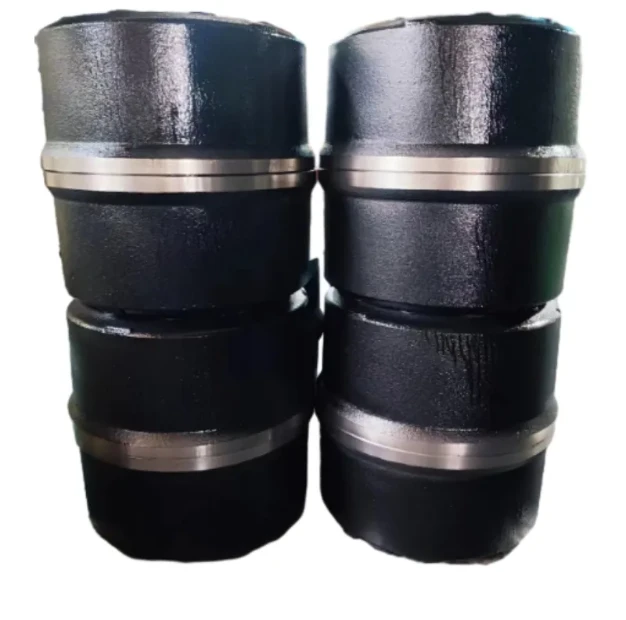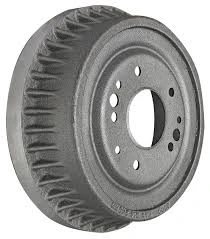
-
 Afrikaans
Afrikaans -
 Albanian
Albanian -
 Amharic
Amharic -
 Arabic
Arabic -
 Armenian
Armenian -
 Azerbaijani
Azerbaijani -
 Basque
Basque -
 Belarusian
Belarusian -
 Bengali
Bengali -
 Bosnian
Bosnian -
 Bulgarian
Bulgarian -
 Catalan
Catalan -
 Cebuano
Cebuano -
 Corsican
Corsican -
 Croatian
Croatian -
 Czech
Czech -
 Danish
Danish -
 Dutch
Dutch -
 Engleski
Engleski -
 Esperanto
Esperanto -
 Estonian
Estonian -
 Finnish
Finnish -
 French
French -
 Frisian
Frisian -
 Galician
Galician -
 Georgian
Georgian -
 German
German -
 Greek
Greek -
 Gujarati
Gujarati -
 Haitian Creole
Haitian Creole -
 hausa
hausa -
 hawaiian
hawaiian -
 Hebrew
Hebrew -
 Hindi
Hindi -
 Miao
Miao -
 Hungarian
Hungarian -
 Icelandic
Icelandic -
 igbo
igbo -
 Indonesian
Indonesian -
 irish
irish -
 Italian
Italian -
 Japanese
Japanese -
 Javanese
Javanese -
 Kannada
Kannada -
 kazakh
kazakh -
 Khmer
Khmer -
 Rwandese
Rwandese -
 Korean
Korean -
 Kurdish
Kurdish -
 Kyrgyz
Kyrgyz -
 Lao
Lao -
 Latin
Latin -
 Latvian
Latvian -
 Lithuanian
Lithuanian -
 Luxembourgish
Luxembourgish -
 Macedonian
Macedonian -
 Malgashi
Malgashi -
 Malay
Malay -
 Malayalam
Malayalam -
 Maltese
Maltese -
 Maori
Maori -
 Marathi
Marathi -
 Mongolian
Mongolian -
 Myanmar
Myanmar -
 Nepali
Nepali -
 Norwegian
Norwegian -
 Norwegian
Norwegian -
 Occitan
Occitan -
 Pashto
Pashto -
 Persian
Persian -
 Polish
Polish -
 Portuguese
Portuguese -
 Punjabi
Punjabi -
 Romanian
Romanian -
 Russian
Russian -
 Samoan
Samoan -
 Scottish Gaelic
Scottish Gaelic -
 Serbian
Serbian -
 Sesotho
Sesotho -
 Shona
Shona -
 Sindhi
Sindhi -
 Sinhala
Sinhala -
 Slovak
Slovak -
 Slovenian
Slovenian -
 Somali
Somali -
 Spanish
Spanish -
 Sundanese
Sundanese -
 Swahili
Swahili -
 Swedish
Swedish -
 Tagalog
Tagalog -
 Tajik
Tajik -
 Tamil
Tamil -
 Tatar
Tatar -
 Telugu
Telugu -
 Thai
Thai -
 Turkish
Turkish -
 Turkmen
Turkmen -
 Ukrainian
Ukrainian -
 Urdu
Urdu -
 Uighur
Uighur -
 Uzbek
Uzbek -
 Vietnamese
Vietnamese -
 Welsh
Welsh -
 Bantu
Bantu -
 Yiddish
Yiddish -
 Yoruba
Yoruba -
 Zulu
Zulu
sij . 25, 2025 21:24
Povratak na popis
disc brakes vs drum brakes cars
As automotive technology continues to evolve, the debate between disc brakes and drum brakes remains a pivotal consideration for car enthusiasts and everyday drivers alike. This discussion not only encompasses a technical analysis but also touches on the experiential aspects that define user satisfaction and safety.
In terms of authority within the automotive industry, disc brakes have become the standard for modern passenger vehicles, largely due to their enhanced safety features and better performance metrics under typical driving conditions. The steady migration towards electric and hybrid vehicles further underscores the reliance on disc brake systems, as regenerative braking designs complement these systems well, reducing wear and extending life-span far beyond traditional expectations. Trustworthiness in braking systems is paramount, and consumer trust leans heavily on both historical performance and present reliability. Vehicle manufacturers extensively test both systems under various scenarios, ensuring comprehensive safety measures. However, advancements in materials science continue to challenge the status quo, providing opportunities for innovations that blend the best attributes of both systems. In practical experience, many drivers report a preference for the feel and responsiveness of disc brakes, noting their capability for more precise modulation—a desired trait for performance driving. Drum brakes, conversely, are often lauded for their consistent performance in less demanding applications, offering peace of mind for users prioritizing longevity and cost-effectiveness over razor-sharp braking response. For the discerning buyer or automotive enthusiast, the choice between disc and drum brakes may also be influenced by personal driving habits, financial considerations, and specific vehicular roles. While the market trends towards disc brakes, understanding the nuances of each system can guide more informed decisions, ensuring that choices align not only with performance expectations but also with lifestyle requirements and economic objectives. In conclusion, while disc brakes extend their reign in the realm of modern automobiles, drum brakes maintain a niche yet resilient presence, illustrating that in the world of automotive innovation, diversity in design continues to provide robust solutions tailored to an array of driving demands. This enduring dialogue between disc and drum represents more than just a technical comparison; it is a testament to the automotive industry's commitment to safety, performance, and evolving consumer needs.


In terms of authority within the automotive industry, disc brakes have become the standard for modern passenger vehicles, largely due to their enhanced safety features and better performance metrics under typical driving conditions. The steady migration towards electric and hybrid vehicles further underscores the reliance on disc brake systems, as regenerative braking designs complement these systems well, reducing wear and extending life-span far beyond traditional expectations. Trustworthiness in braking systems is paramount, and consumer trust leans heavily on both historical performance and present reliability. Vehicle manufacturers extensively test both systems under various scenarios, ensuring comprehensive safety measures. However, advancements in materials science continue to challenge the status quo, providing opportunities for innovations that blend the best attributes of both systems. In practical experience, many drivers report a preference for the feel and responsiveness of disc brakes, noting their capability for more precise modulation—a desired trait for performance driving. Drum brakes, conversely, are often lauded for their consistent performance in less demanding applications, offering peace of mind for users prioritizing longevity and cost-effectiveness over razor-sharp braking response. For the discerning buyer or automotive enthusiast, the choice between disc and drum brakes may also be influenced by personal driving habits, financial considerations, and specific vehicular roles. While the market trends towards disc brakes, understanding the nuances of each system can guide more informed decisions, ensuring that choices align not only with performance expectations but also with lifestyle requirements and economic objectives. In conclusion, while disc brakes extend their reign in the realm of modern automobiles, drum brakes maintain a niche yet resilient presence, illustrating that in the world of automotive innovation, diversity in design continues to provide robust solutions tailored to an array of driving demands. This enduring dialogue between disc and drum represents more than just a technical comparison; it is a testament to the automotive industry's commitment to safety, performance, and evolving consumer needs.
Prethodna:
Sljedeći:
Najnovije vijesti
-
Why Choosing the Right Brake Drum Manufacturer Matters for Vehicle Safety and PerformanceVijestiJun.05,2025
-
Understanding Heavy Duty Brake Drums: Key to Truck Safety and PerformanceVijestiJun.05,2025
-
Reliable Braking Systems: Rear and Trailer Drum Brake Solutions for Heavy-Duty ApplicationsVijestiJun.05,2025
-
Power and Precision: Why Brake Drums Still Dominate in Vehicle Safety SystemsVijestiJun.05,2025
-
Brake Drums: Essential Components for Vehicle Safety and PerformanceVijestiJun.05,2025
-
Superior Brake Drums & Rotors for Reliable Stopping PowerVijestiJun.03,2025
-
Premium Brake Drums for Maximum Stopping PowerVijestiJun.03,2025
